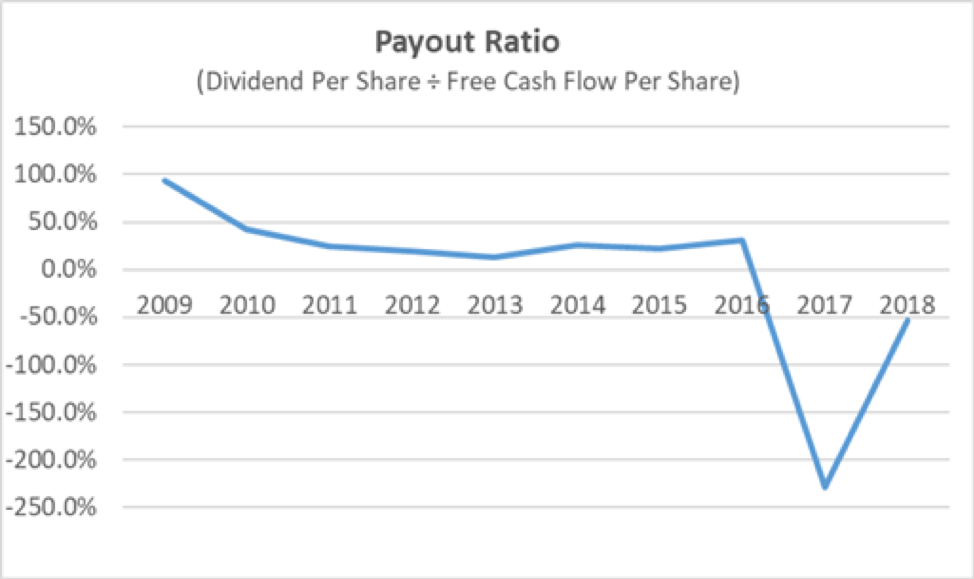Fedex’s Business Overview
Fedex Corp. (NYSE: FDX) is a transportation and shipping company based out of Memphis, Tennesse. The company was founded in 1971. Along with rival UPS, the two companies have dominated the U.S. shipping industry for years.
Fedex has not historically been popular among dividend growth investors. They began their dividend policy in 2002 paying out $0.05 per share each quarter. Since then, however, the dividend growth has been significant. The payout has increased at least once every year. As a result, Fedex is a certified dividend achiever.
Macroeconomic trends made 2018 a difficult year for Fedex. The $46 billion shipping business’ stock declined 37% for the year. The company has been hurt by slowing global economic trends thanks in part to Brexit and trade concerns with China. However, Fedex expects to grow in 2019 thanks to the massive e-commerce market.
Fedex’s 10-Year Dividend History
The company paid investors $0.88 per share a decade ago. Over the last 10 years, the dividend has climbed to $2. That’s a 127% increase and you can see the annual changes below…

The compound annual growth is 8.6% over 10 years… but over the last year, the dividend climbed 25%. The increase in dividend growth is a great sign. Fedex might work out as a great income investment. Let’s take a look at the yield…
Fedex’s Current Yield vs. 10-Year Average
Fedex’s history of paying dividends makes it a solid dividend stock. This also makes the dividend yield a great indicator of value. A higher yield is generally better for buyers. Sustainability is also vital, and we’ll look at that soon.
The dividend yield comes in at 1.49% and that’s above the 10-year average of 0.71%. According to Seeking Alpha, Fedex has promising long-term dividend growth prospects. They’ve had strong dividend growth for three consecutive years and the trend should continue. The chart below shows the dividend yield over the last 10 years…

The higher yield shows that investors have bid down the company’s market value. They might be expecting higher growth and payouts. But more often than not, the dividend yield is mean reverting with share price changes.
Improved Dividend Safety Check
Many investors look at the payout ratio to determine dividend safety. They look at the dividend per share divided by the net income per share. So, a payout ratio of 40% would mean that for every $1 Fedex earns, it pays investors $0.40.
The payout ratio is a good indicator of dividend safety… but accountants can manipulate net income. They adjust for goodwill and other non-cash items. The better metric is free cash flow.
Here is Fedex’s payout ratio based on free cash flow over the last 10 years…

The ratio is volatile over the last 10 years. That noticeable decline in free cash flow around 2017 is indicative of an increase in capital expenditures. Fedex had to respond to the e-commerce boom by updating and enhancing their fleets, hence the massive capital expenditures. They modernized their aircrafts to maximize fuel efficiency, and expanded their ground network. The updated aircrafts alone cost them around $1.8 billion. These were necessary expenses that helped keep Fedex competitive to their rival UPS. The good news is that the graph indicates an upward trend as of late, and Fedex’s free cash flow should bounce back.
Good investing,
Robert Otman
